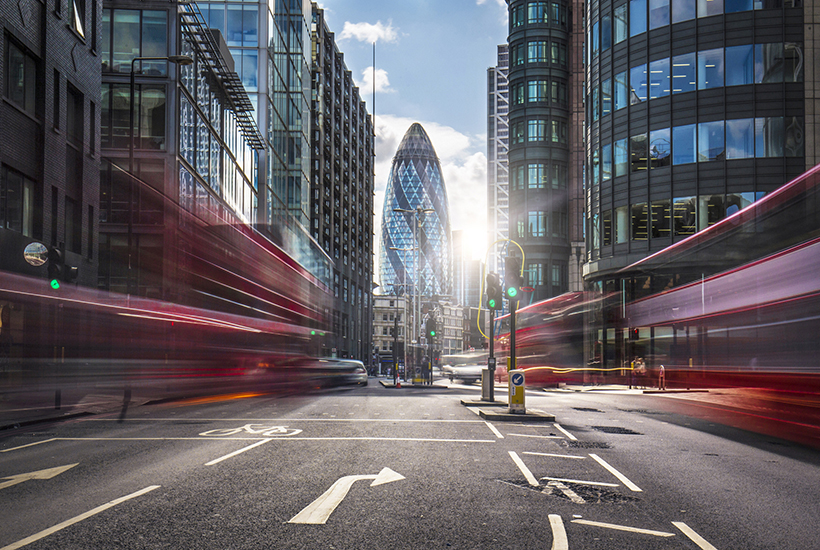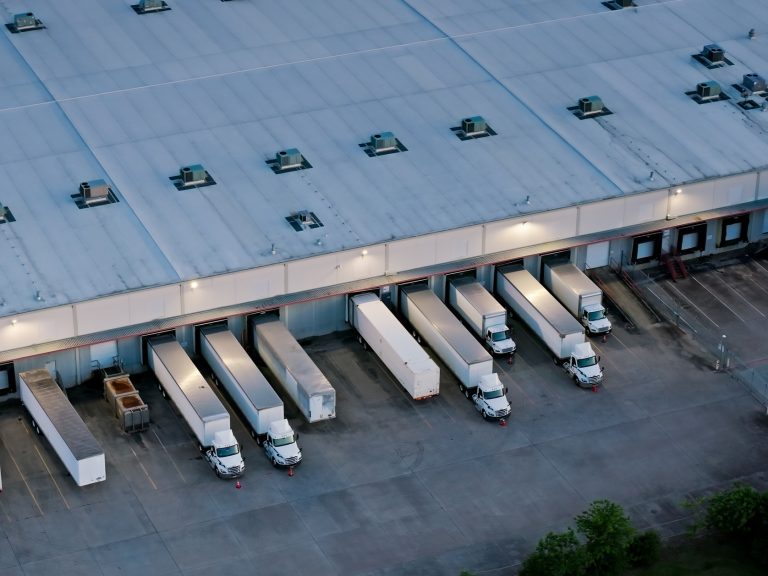Workers plan for wellness-filled, driverless future

Australian offices are changing at a dramatic pace and workers fully expect that by 2030, wellness facilities will be as common as desks and chairs, and most of us won’t drive ourselves to work, according to new studies.
JLL’s ‘Workplace Powered by Human Experience’ and ‘The Human Revolution’ reports say wellness will be at the core of all workplace strategies and solutions within the next 12 years.
And according to a survey conducted as part of the reports, only 16% of respondents believe they will drive themselves to work in their own car in 2030, as people turn to car pools, autonomous vehicles and public transport for their daily commute.
Commercial Insights: Subscribe to receive the latest news and updates
That would represent a seismic shift in current transport trends, with 66% of Australians currently driving themselves to work.

Wellness is seen as increasingly important for office workers.
Similarly, by 2030 the majority of regular office workers expect to have been shifted into a co-working arrangement, as big business further embraces the trend, according to the study.
JLL’s Australian head of property and asset management, Richard Fennell, says huge changes are already looming, with building owners and developers now forced to consider how their property will cater for its occupants in the years to come.
“Design of buildings is changing because of the uses desired by the people using them. They want precincts and communities that provide human connections and wellness taken into account in the design,” Fennell says.
“As the Digital Revolution changes how we work and how we communicate and socialise, a building’s use will change and the best buildings will be those that can change and adapt. An example we can all see coming is car parks.”
“How we use traditional car parks in buildings will change over time due to the onset of driverless cars. Owners and developers need to consider the adaptive reuse potential of car parks, retail uses, social and community spaces, storage and logistics, or urban farming, exercise studios or sleep pods.”







